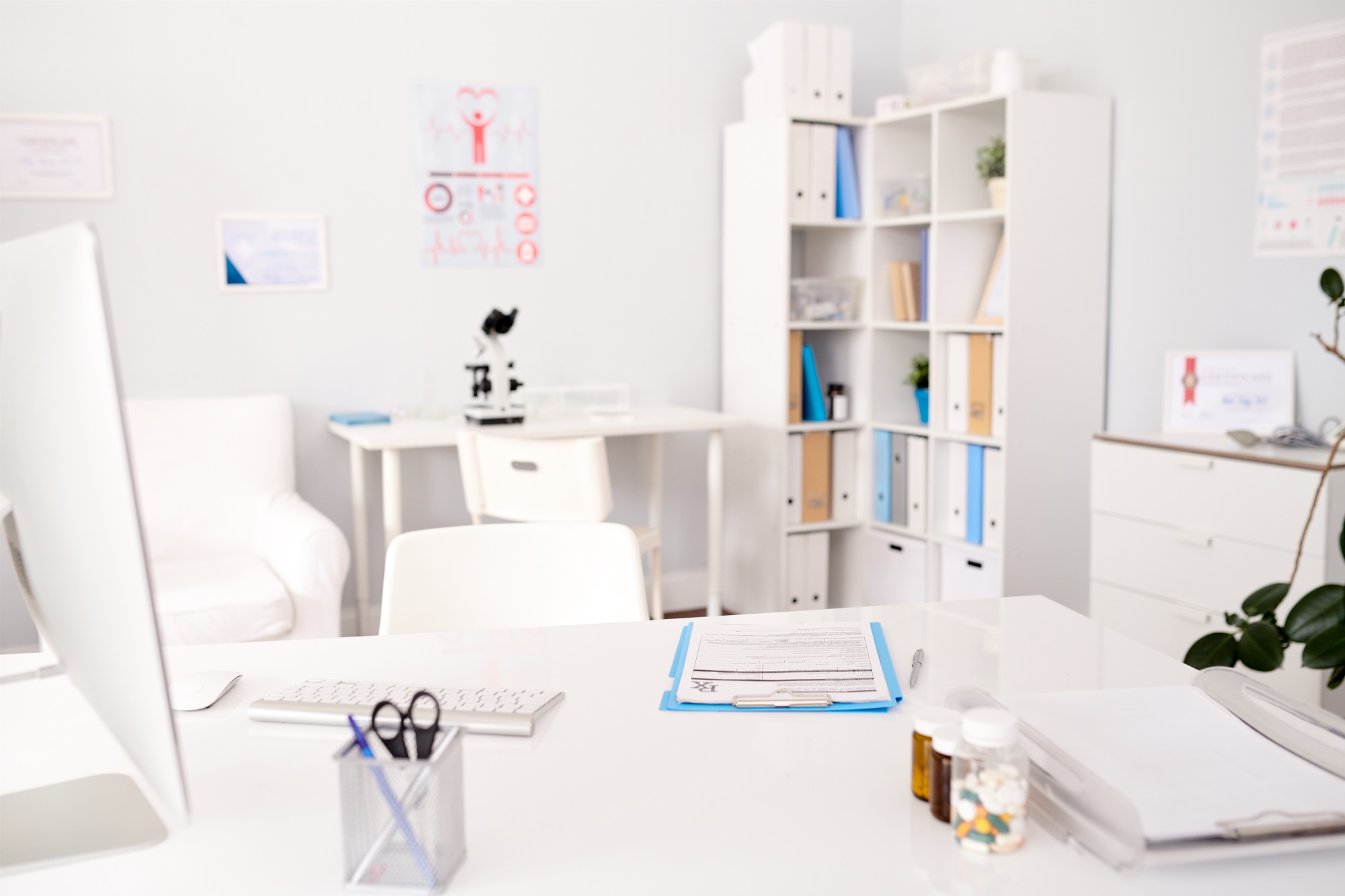In the evolving world of private healthcare practices, using technology has become not only helpful but a true game-changer. Take wall monitors for example. Wall monitors have expanded their original uses and become important ways to inform patients and even communicate with them. These devices improve patient experiences, simplify workflows, and allow for interaction between patients and doctors. These screens are for more than just entertainment. So, how can you use them to their full potential in your office?

Displaying Important Information
Forget about old lobby signs with posters or pamphlets. With wall monitors, doctors can show important information like office hours, contact details, upcoming events, and more in an interesting and lively way. The bright displays make sure patients don’t miss any important updates, making their office visit smooth and stress-free. Monitors can also promote procedures and products that increase revenue for the practice and also help the patient. This educates the patient and can foster questions about services they were not aware of. To connect with the community, monitors can display upcoming community events, which establishes your office as a community hub. Make sure your information is fresh and changing often so your information is lively and engaging.
Educational Videos in the Waiting Area
The waiting area is often the first point of contact for patients visiting a medical office. Using wall screens to show videos about common health issues or healthy habits can help doctors teach and involve their patients. This not only helps create a good relationship between doctor and patient, but also encourages patients to take an active part in their own healthcare.
Virtual Appointments
With telehealth and virtual appointments on the rise, wall monitors have become important for doctors to conduct remote consultations easily. By using these screens for virtual appointments, doctors can save time and effort without needing a separate room or device for telehealth visits. This not only adds convenience for both doctors and patients but also improves access to healthcare services.
Workstations: Streamlining Medical Tasks
Wall monitors are now common in medical workstations and serve as important tools for tasks like patient monitoring, registration, and documentation. These screens have touch-screen capabilities and integrated software systems, eliminating the need for multiple devices and saving space. Doctors can easily access electronic health records (EHRs), diagnostic images, reports, and other important information with a simple touch. This simplifies workflows and improves accuracy and efficiency in patient care.
Conclusion
In conclusion, wall monitors are a useful tool that can greatly help doctors in their private healthcare practices. From making workflows smoother to engaging patients better, these displays have become an important part of modern medical offices. So, if you haven’t already, it’s time to think about adding wall monitors to your office setup and enjoy the benefits they offer. Whether you want to improve patient experience or streamline your practice operations, wall monitors are sure to be a valuable addition to your workspace.





